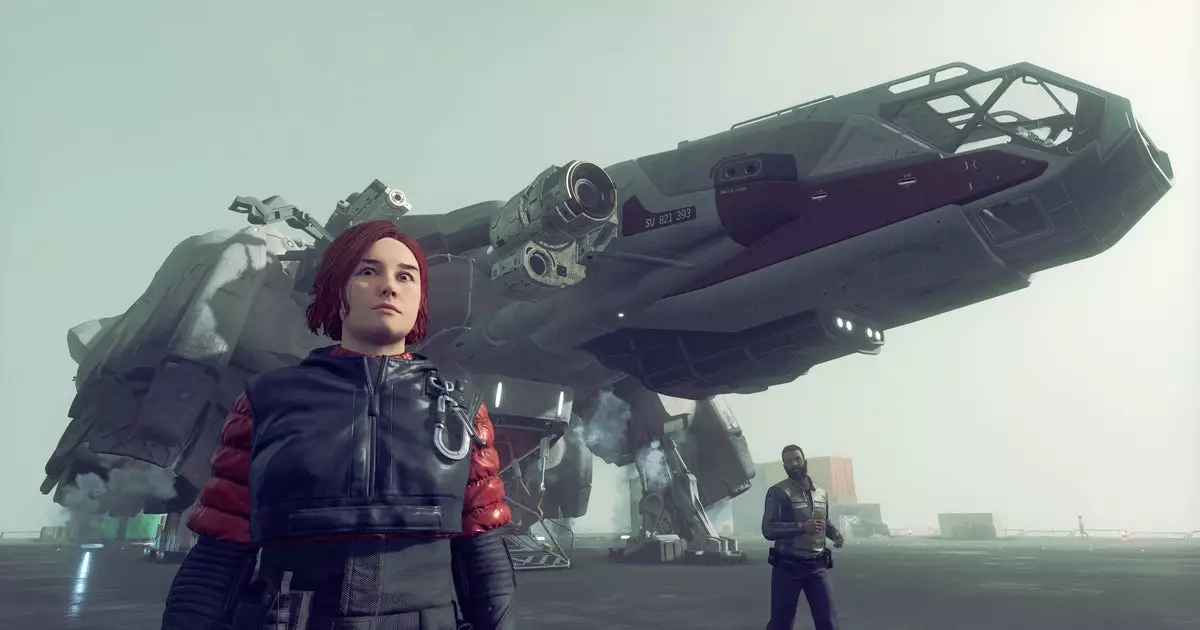When discussing the vast universe of Starfield, it’s crucial to acknowledge the polarizing reception it received upon release. Many players, including notable critics such as Alice Bee from RPS, echoed sentiments that the game felt “small, cold and unlived in” despite its ambitious scope. This critique highlights a common theme in expansive games: the challenge of filling their worlds with genuine life and depth. While players were eager to explore the uncharted realms of space, they found that the immersive elements often fell short, leading to a sense of disconnection from the experiences and characters within the game.
Interestingly, discussions around the potential inclusion of gore elements provide a window into the complex nature of game design. A former senior artist at Bethesda, Dennis Mejillones, shed light on the original vision for Starfield, revealing that decapitations and other brutal effects were initially considered. However, these ideas were ultimately sidelined. While one might wonder whether adding gore would have enriched the gameplay, it’s essential to recognize that violence is not a panacea for storytelling or engagement. Indeed, a more visceral experience might have introduced a sense of thrill to gameplay, but it wouldn’t necessarily address the underlying narrative and emotional deficiencies noted by players.
Mejillones pointed out that the decision against incorporating gore stemmed not only from technical restrictions but also from a desire to maintain thematic coherence with the game’s direction. Starfield aimed for a more restrained and realistic tone, drawing inspiration from celebrated sci-fi series like The Expanse and Star Trek. This choice reflects a conscious effort to create a narrative and gameplay experience that resonated with the genre’s ethos rather than resorting to shocking visuals that could distract from deeper storytelling. The comparison with Fallout, a game celebrated for its dark humor and exaggerated violence, underscores this distinction: whereas Fallout thrives on chaos, Starfield attempts a more subdued exploration of human (and alien) experiences in space.
The ramifications of these design choices become evident when analyzing player engagement with the game. The expectation of a thrilling ride in the vast reaches of space collided with the reality of a narrative that often felt sluggish or uninspired. While a more graphic experience might have livened up some moments, it’s important to emphasize that an excess of gore could detract from the nuanced world-building and character development players crave. The delicate balance between violence, narrative depth, and player immersion remains one of the most significant challenges in modern game design.
While the idea of a bloodier Starfield might evoke images of thrilling encounters and exciting gameplay, it’s essential to consider the broader context of thematic cohesion and technical limitations. Engaging worlds thrive not solely on gore, but rather on rich narratives and vivid characters that stay with players long after they put down the controller. As we dissect the elements that make Starfield resonate (or falter), the absence of brutality may reflect not just a missed opportunity for visceral thrills but also a deliberate effort to cultivate a different kind of narrative experience.

